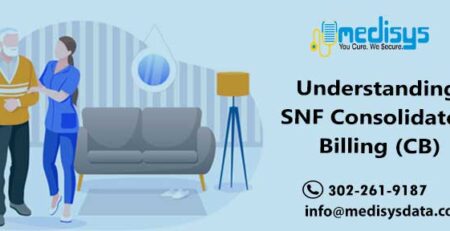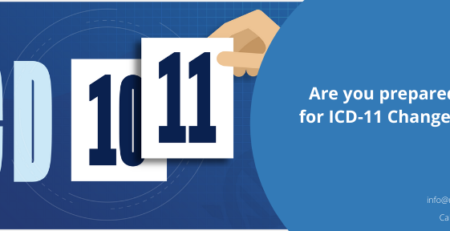Clean Claim Requirements
Submitting clean claims will ensure timely and accurate insurance reimbursements. Clean claims will ensure that you are not wasting your staffs’ time on reworking insurance claims. As per definition, a clean claim is a submitted claim without any errors or other issues, including incomplete documentation. A clean claim meets all of the following requirements:
- Identifies the health professional, health facility, home health care provider, or durable medical equipment provider who provided service sufficiently to verify, if necessary, affiliation status and includes any identifying numbers.
- Sufficiently identifies the patient and health plan subscriber.
- Lists the date and place of service.
- Is a claim for covered services for an eligible individual.
- If necessary, substantiates the medical necessity and appropriateness of the service provided.
- If prior authorization is required for certain patient services, contains information sufficient to establish that prior authorization was obtained.
- Identifies the service rendered using a generally accepted system of procedure or service coding.
- Includes additional documentation based upon services rendered as reasonably required by the health plan.
Common Claim Rejection Reasons
Incomplete or wrong information in any applicable field of CMS-1500/UB-04 form will lead to claim rejection. Some of the common claim rejection reasons are listed below:
- Adding or missing proper diagnostics and procedure codes. Sometimes having incomplete and invalid codes or codes that do not match the treatment rendered by the providers. Sometimes providers use non-payable diagnosis codes.
- Not submitting claims on time. Most insurance carriers allow 60-90 days from the time of service to file a claim. When claims are filed after a long gap from the date of service, they get rejected. This may happen due to the unavailability of support/billing staff in any practice.
- Ignorant of billing guidelines. For example, there is a policy of ‘one service per day’ for behavioral health. This means that even if a patient has ten sessions of therapy, the practice will not be paid for the second session if two are done on the same day.
- Fail to acquire a referral from a provider. For some insurance plans, it is essential to get a referral from the patient’s primary care provider (PCP) before the service is rendered. The referred provider should not provide the service before the referral authorization is confirmed by the insurance company, or else the claim will be denied.
- The practice loses track of sessions. The authorization is usually granted for a limited number of services/appointments. When you lose track of how many sessions are provided or how many appointments were approved, then you might not get paid for those sessions.
- The prior authorization timed out. The time frame for authorizations is as short as 30 days. So, in addition to authorizations being for a specific number of sessions, they are also time specified. Sometimes practices fail to get prior authorization altogether.
- Changes in an insurance plan. If a patient changes his or her insurance plan, then the patient must render a new plan and get new pre-authorization. Failing to do so will lead to claim rejection.
Submitting Clean Claim
Most practices focus on denial management after claims have been processed. The best practice is to set up practices and ensure to submit accurate claim information every time. Some ways to identify problem areas and reduce the costs of rejected claims are:
- Review clearinghouse reports and validation reports before sending the claims. You might find claim rejection patterns, which might be payer wise, patient wise, or insurance carrier wise.
- Most billing software offers scrubbing tools that highlight errors prior to submitting the claims. You can review these scrubbing errors, correct them, and ensure clean claim submission. You can note down the most frequent errors and train your team to avoid them while claim submission.
- Identify top rejections by dollar amount and volume. Also look for patterns in rejections such as ICD codes, CPT codes, or modifiers.
- All the coding errors are supposed to be checked beforehand, as the clearinghouse does not always catch hold of coding errors. Therefore, make sure the medical billing software is compliant with current regulations so that there is no room for errors.
- Always have updated patient information. This is done by making sure that each time a patient visits, he/she fills the form with the right type of treatment information.
- It should also be kept in mind that insurance carriers require timely filing and can deny claims based on time limits, so it is extremely important to process claims reliably and quickly.
- Create practice-wide awareness showing how it affects the whole organization financially.
- Also, make sure the practice management system works effectively when it comes to coding audits, checking on eligibility, and demographic edits.
Submitting a clean claim every time requires a set of planned activities, requiring billing and coding expertise, and consuming a lot of time. As a practice owner, you may not have that amount of time or experienced billing staff who understands complete revenue cycle management. Medisys Data Solutions can assist you in complete revenue cycle management for your practice. Our billing services include medical specialty-wise coding, eligibility verification, charge entry, payment posting, denial management, clean claim submission, AR management, provider credentialing, and enrollment. To know more about our complete billing and coding services, contact us at info@medisysdata.com/ 302-261-9187












